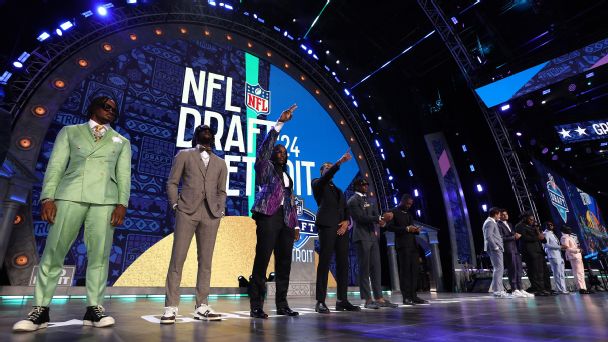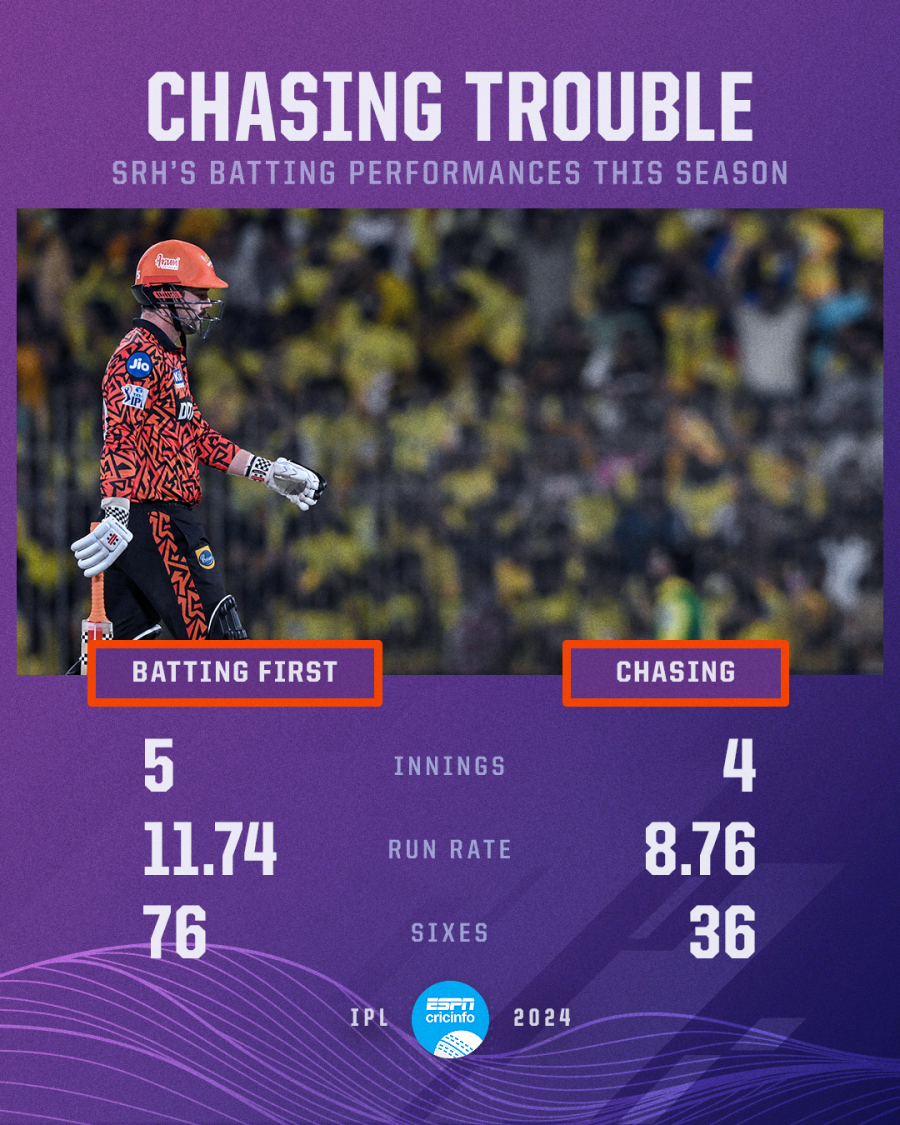![Bracketology main Cooper Flagg [1296x729]](https://a.espncdn.com/photo/2024/0416/r1319600_1296x729_16-9.jpg)
MLS Power Rankings Messi takes Miami to top Chicago Fire languish
Men's Bracketology: 2024 NCAA TournamentBy Joe Lunardi Updated: 4/16/2024 at 9 a.m. ET
There is no longer an off-season in college basketball. With more than 1,500 Division I players changing teams, the majority of programs are dependent on the transfer portal to stock and re-stock their rosters each spring. The resulting tumult creates wide swings in projected performance for the following year, and we're here to track it for you with monthly bracket updates until opening night on November 4.
Bracket WatchTop Overall SeedDuke
First Team OutVirginia
Last Team InSan Francisco
Barely a week has elapsed since UConn's dominant NCAA tournament performance led to a repeat national championship, but the unfettered movement of players from one school to another had already begun. And it will continue well past the May 1 deadline to enter this year's transfer portal, making a moving target of any serious attempt at Bracketology. Yet we begin our off-season projections with a familiar name at the top. Duke, led by generational recruit Cooper Flagg, starts our 2024-25 bracket cycle as the No. 1 overall seed. The Blue Devils' high-end returnees -- led by guards Jeremy Roach and Tyrese Proctor -- combine with Flagg and three other ESPN Top 100 freshmen to make Duke a fairly clear choice at this point. Also worth noting are a few updates to our off-season methodology. First, this projection includes all portal activity through close of business on April 15. Second, it excludes all players that are consensus NBA first- or early second-round picks as well as other underclassmen who have renounced their college eligibility. Finally, it assumes the return of the last class of COVID-year players unless announced otherwise. Remember this is a very early snapshot and we are a long, long way from November.
On the BubbleLast Four Byes Pittsburgh New Mexico Seton Hall South CarolinaLast Four In Missouri Clemson Providence San FranciscoFirst Four Out Virginia BYU Ole Miss LSUNext Four Out Georgia Utah Minnesota TCU68-Team BracketMoved Up
Moved Down
New Team to Bracket
Automatic Qualifier
16Norfolk St.16C. Connecticut11Texas Tech11San Francisco16Morehead St.16Texas Southern11Clemson11ProvidenceEAST (NEWARK)Raleigh1 Duke - aq16 Norfolk St. - aq/ C. Connecticut - aq8 Mississippi St.9 Kansas St.Cleveland5 Michigan St.12 McNeese - aq4 Texas13 High Point - aqProvidence6 Ohio State11 Memphis - aq3 UConn - aq14 Western Kentucky - aqDenver7 Nebraska10 South Carolina2 Baylor15 Weber St. - aqWEST (SAN FRANCISCO)Wichita1 Houston16 South Dakota St. - aq8 Maryland9 N.C. StateMilwaukee5 Tennessee12 Bradley - aq4 Creighton13 Hofstra - aqDenver6 Cincinnati11 Missouri3 Arizona14 Lipscomb - aqSeattle7 Wisconsin10 New Mexico2 Gonzaga - aq15 Oakland - aqMIDWEST (INDIANAPOLIS)Wichita1aq - Kansas16aq - Toledo8 Wake Forest9 Texas A&MSeattle5 Rutgers12aq - Grand Canyon4 Saint Mary's13aq - UC IrvineLexington6 Illinois11 Texas Tech San Francisco/3 Auburn14 Appalachian St.Raleigh7 Xavier10 Seton Hall2 North Carolina15aq - ColgateSOUTH (ATLANTA)Lexington1aq - Alabama16aq - Morehead St. Texas Southern/8 Indiana9aq - Boise St.Providence5 Miami (Fla.)12aq - Princeton4 Marquette13aq - VermontCleveland6 Florida11 Clemson Providence/3aq - Purdue14aq - SamfordMilwaukee7aq - Dayton10 Pittsburgh2 Iowa State15aq - QuinnipiacConference BreakdownConferenceTeamSEC9Big Ten9Big 128ACC7Big East6WCC3Mountain West2All NCAAM ConferencesPhoto illo by ESPN Illustration, additional photos courtesy of Getty Images, Associated Press, Imagn, USA TODAY Sports, Icon Sportswire, EPA/Shutterstock
Related Stories Oumar Ballo? Men's basketball transfer rankings for the 2024-25 season It's heating up! Guide to the 2024 men's college basketball coaching hot seat 2024-25 men's NCAA basketball transfer portal tracker: Updates and news Future Duke teammates Cooper Flagg, Khaman Maluach meet at Nike Hoop SummitRULES
ESPN's Bracketology efforts are focused on projecting the NCAA tournament field just as we expect the NCAA Division I basketball committee to select the field in March. ESPN bracketologist Joe Lunardi uses the same data points favored by the committee, including strength of schedule and other season-long indicators, including the NET and team-sheet data similar to what is available to the NCAA, in his projections of the field. Visit the NCAA's website for a fuller understanding of NCAA selection criteria.
68-Team Bracket
The 68-team bracket is the standard version of the NCAA tournament field that has been in place since 2011. If the 2021 field is comprised of 68 teams, there will be some key differences to past years, however.
The primary adjustment from a normal year is, of course, the playing of the entire NCAA tournament at a single site. This eliminates the need for geographical considerations in seeding. Additionally, there will be at least one fewer automatic qualifier this season, as the Ivy League's decision to forgo the 2020-21 season reduces the number of AQ entries to 31 for this season.
48-Team Bracket
In this projection, a condensed selection process would reduce the field by 10 at-large teams and 10 automatic qualifiers (the latter of which still receive a revenue unit). The top four seeds in each region would receive a bye into the second round, with four first-round games per region - 5 vs. 12, 6 vs. 11, 7 vs. 10 and 8 vs. 9 - being played without fans on the higher seed's home court.
To minimize travel, first-round pairings will be guided by geography to the greatest extent possible. And the reduced field results in only 32 teams competing at the central site. All participants must post a minimum .500 conference record - the "Lunardi Rule" - for at-large consideration.
16-Team Bracket
In this projection, the committee selects and seeds the 16 best available teams. There are no automatic qualifiers, although all non-competing conference champions receive the designated revenue unit.
To maintain some sense of national balance, conference participation is capped at four teams. And no region shall have more than one team from the same conference.













